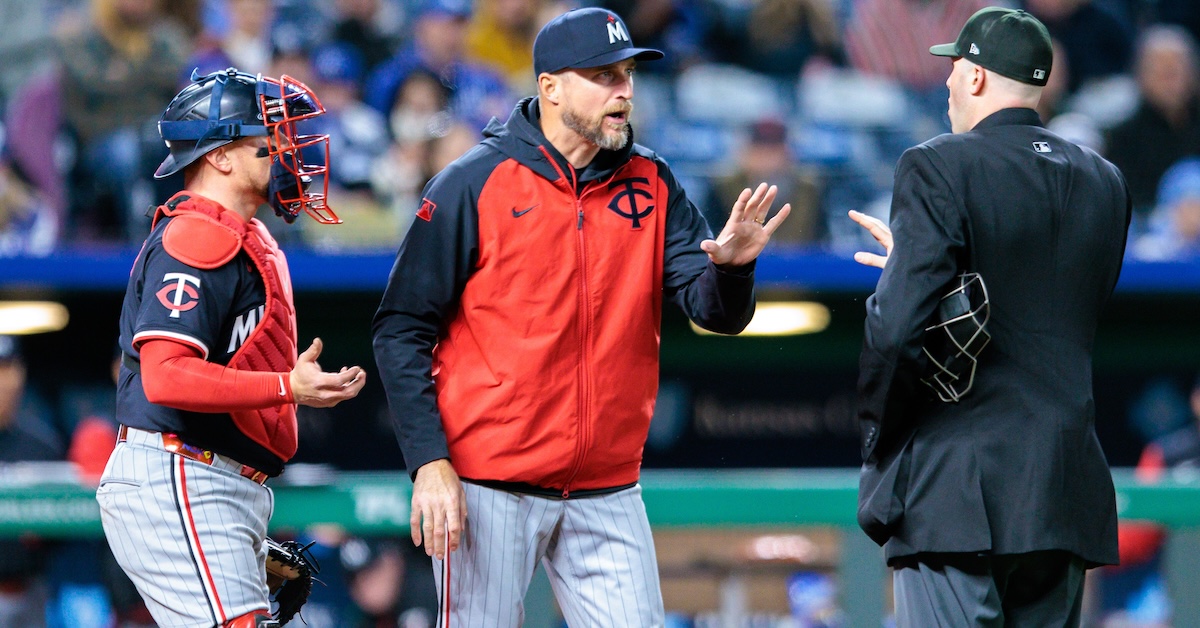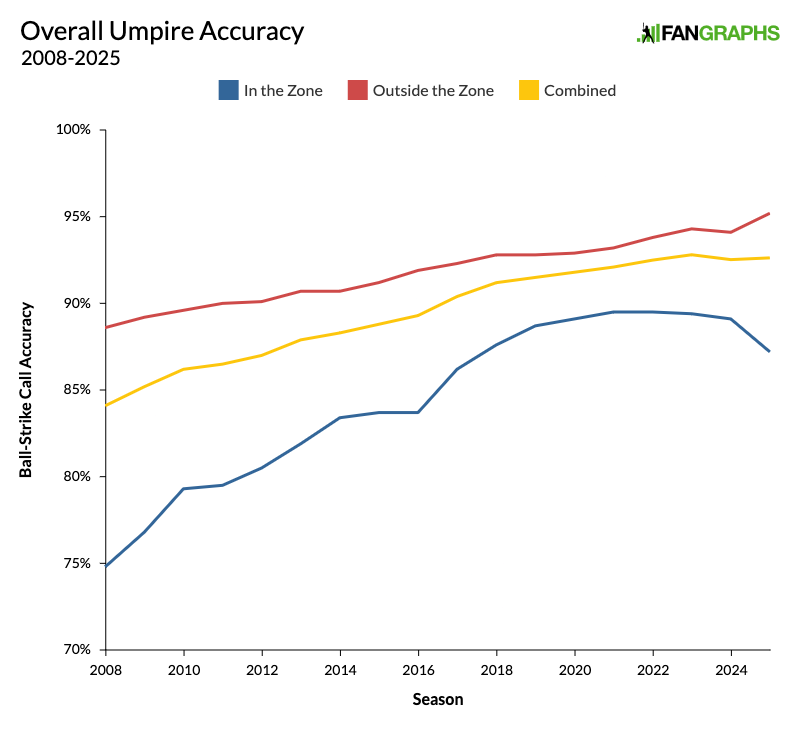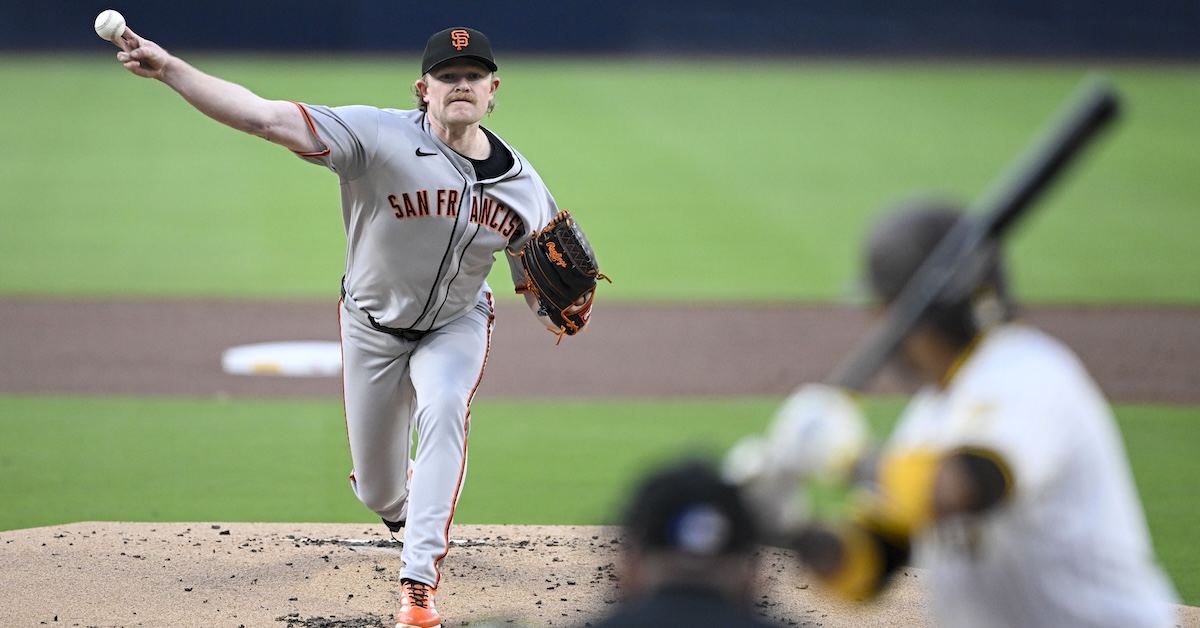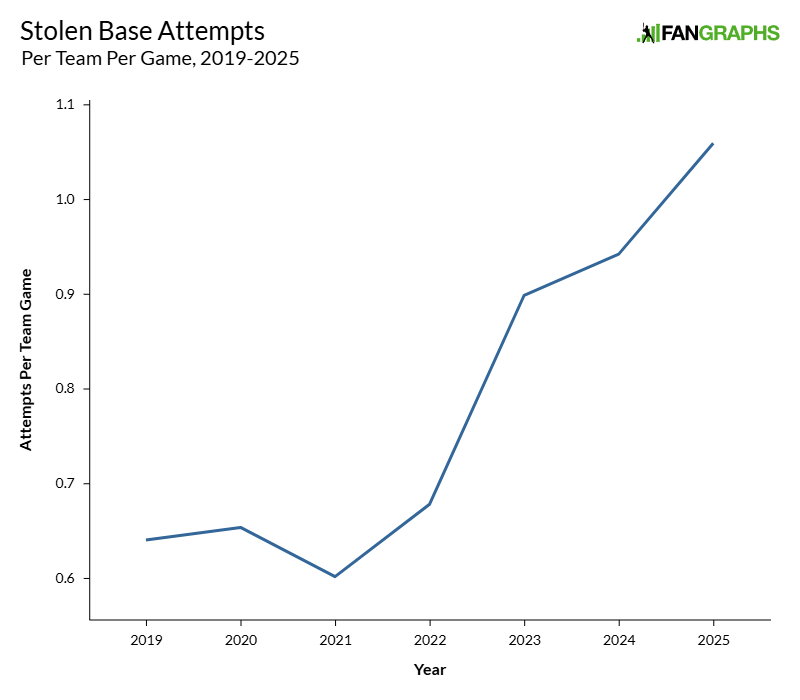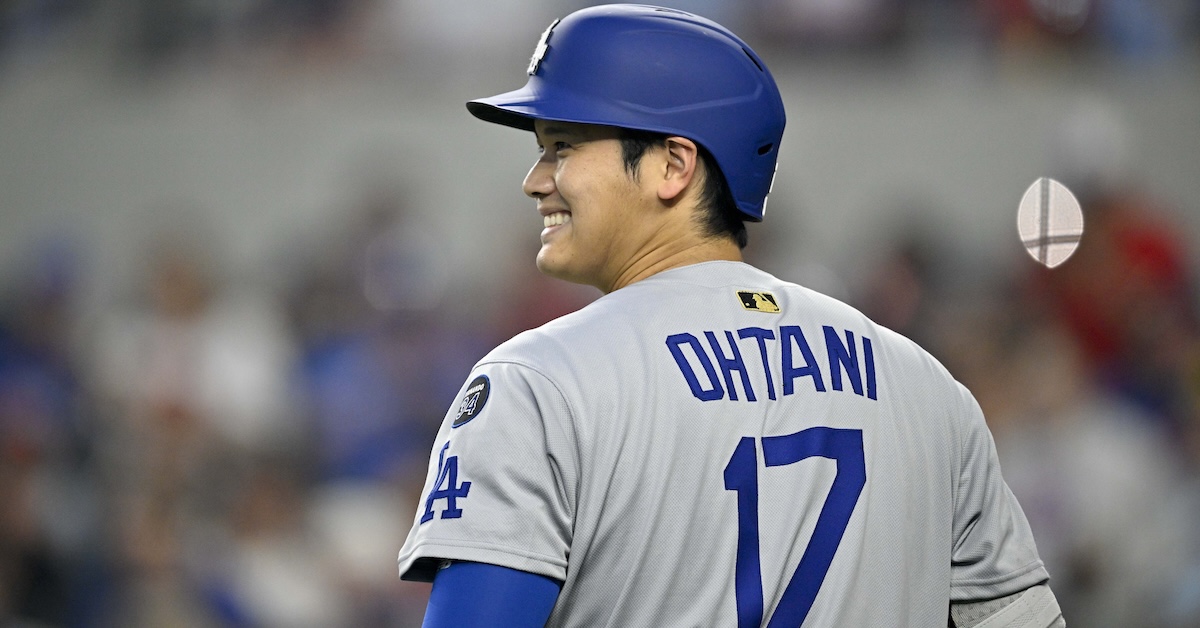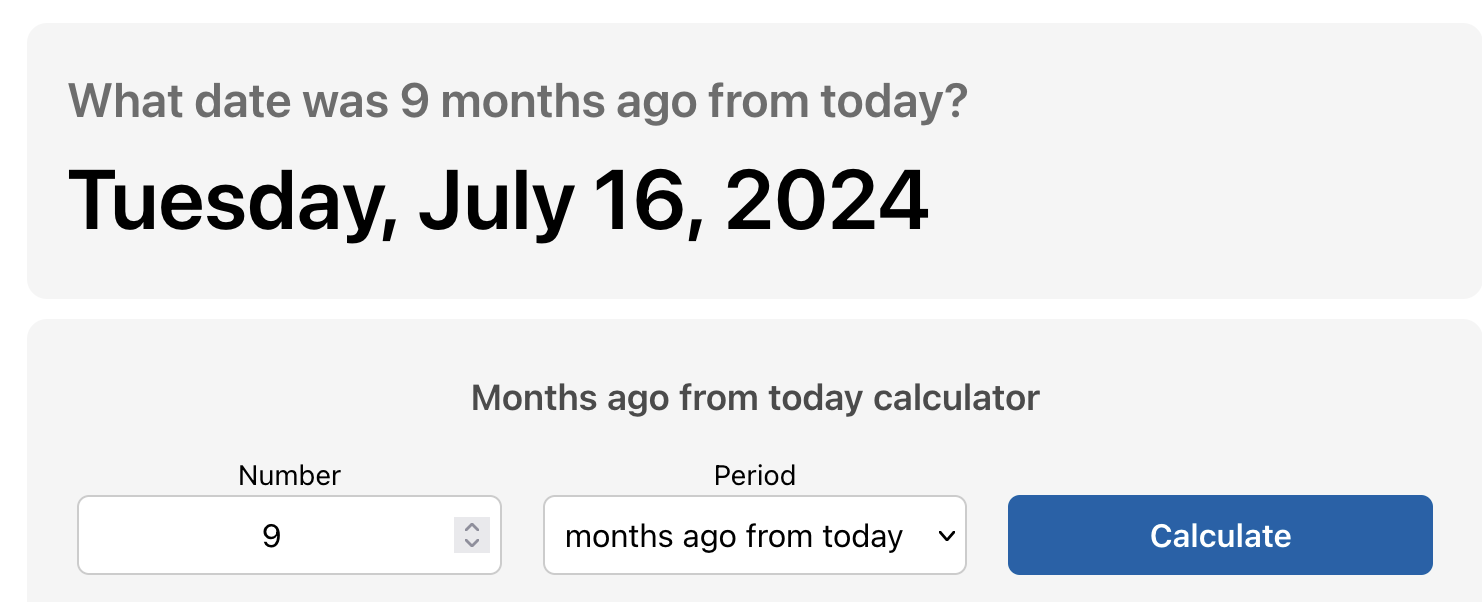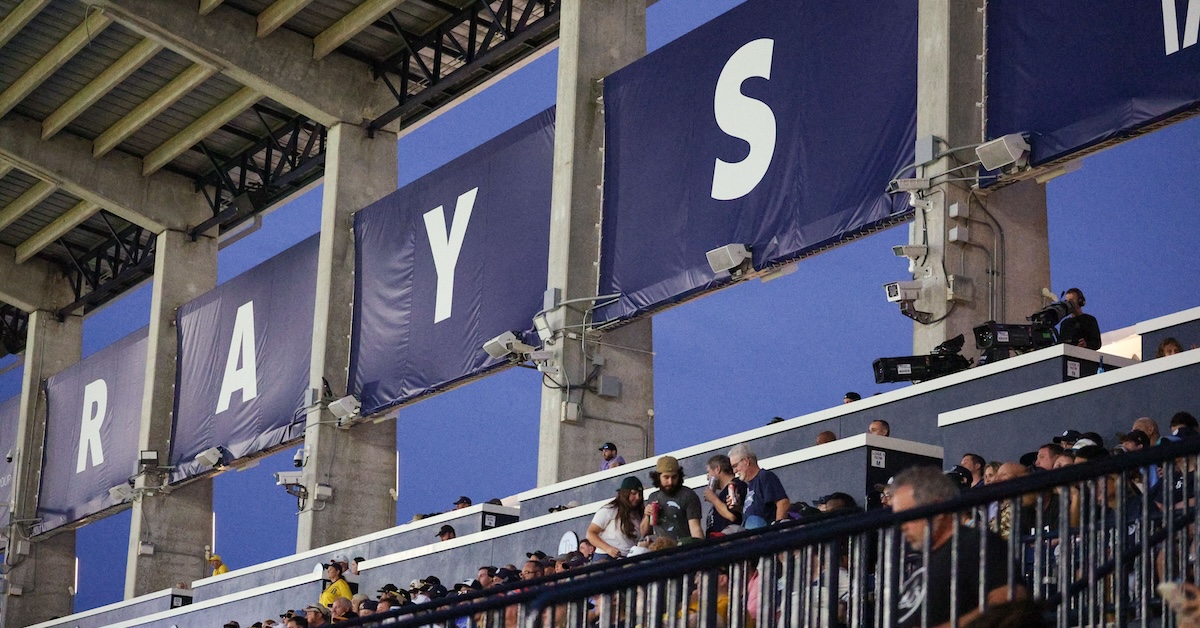An Adaptation Score Follow-Up

Last week, I investigated the increasing divergence between the way pitchers approach same-handed and opposite-handed batters. I learned that pitchers across the league are varying their arsenals more and more every year. But that was a broad look, and I had some follow-up questions. Mainly, who specifically? Which teams? Which players? And how? Today, I’ll provide some answers.
As a refresher, I calculated what I’m calling “adaptation score” by comparing how frequently a pitcher uses his top-two offerings, both against same-handed and opposite-handed batters. Adaptation score is simply the difference between how frequently a pitcher throws his two best pitches when he has the platoon advantage and how often he throws those same two pitches when the batter has the edge. I split the data up by teams to see who was driving the move. First, we’ve got the five most and least adaptable teams in 2025:
| Team | Adaptation Score |
|---|---|
| Orioles | 28.2 |
| Marlins | 26.9 |
| Nationals | 26.1 |
| Guardians | 24.8 |
| Reds | 23.2 |
| Team | Adaptation Score |
|---|---|
| Twins | 13.1 |
| Cubs | 13.9 |
| Royals | 14.8 |
| Blue Jays | 15.7 |
| Dodgers | 15.9 |
Not much to see here. The Dodgers’ being on the bottom might suggest that adaptation is bad, even. But truthfully, there’s a big element we’re missing in looking at the data this way: personnel. Changing who’s on your team, even if you have the same philosophy, can change how you score in this metric. The Dodgers were in the middle of the pack last year when it came to adaptation score. Then they overhauled their pitching staff and ended up here.
Read the rest of this entry »



